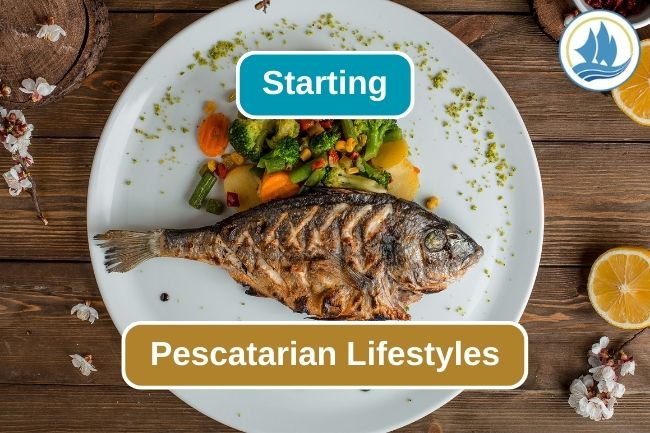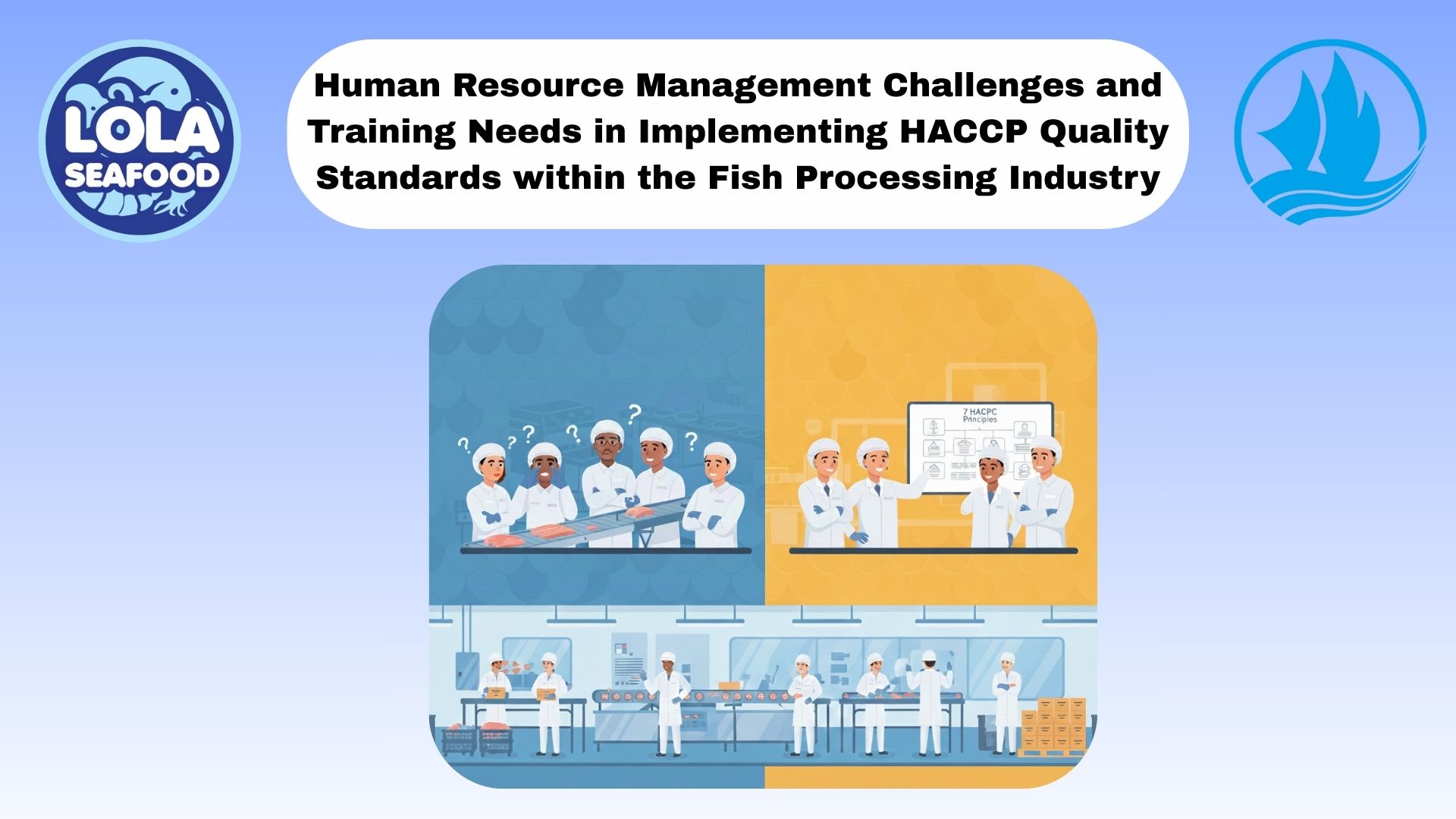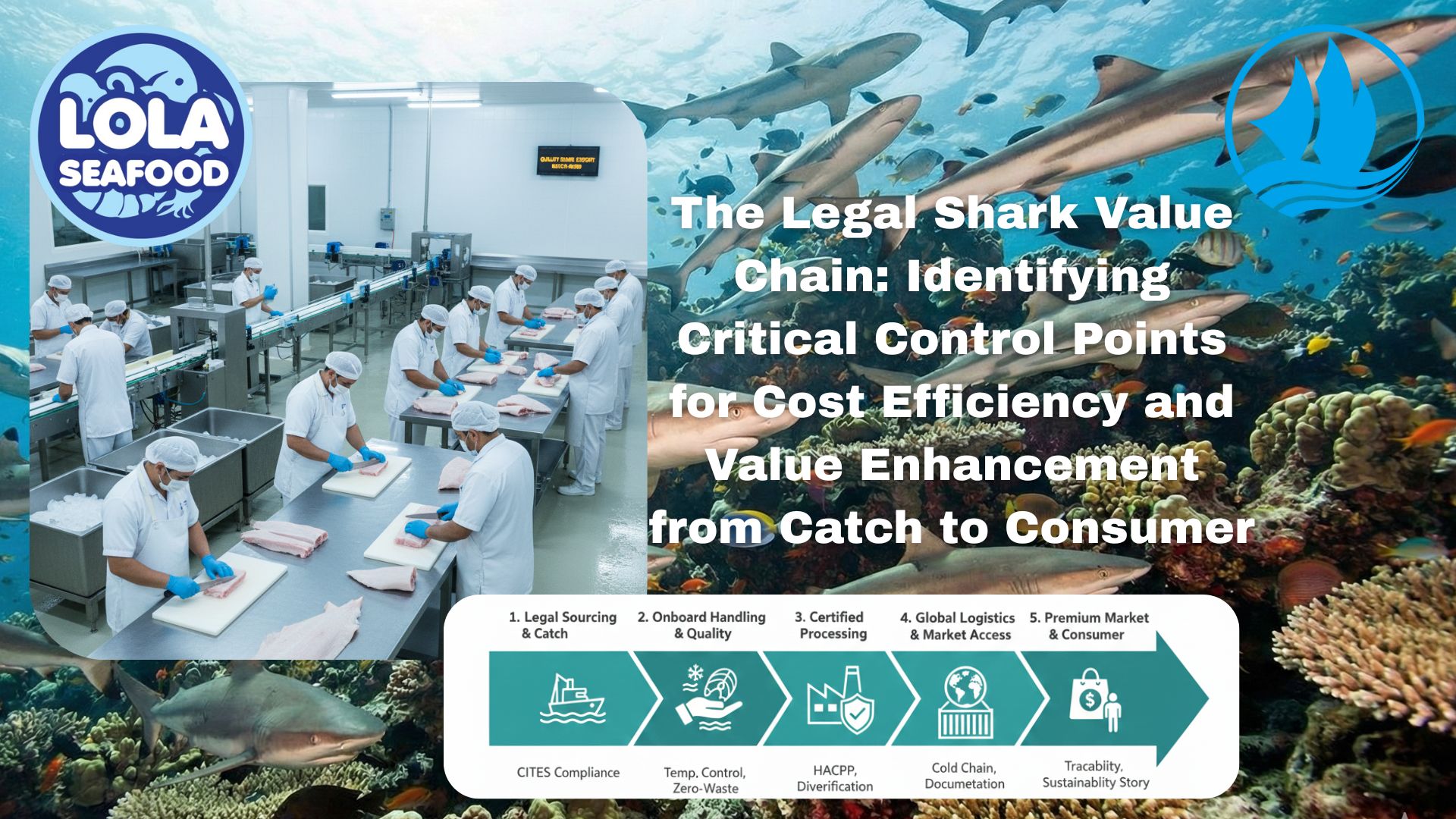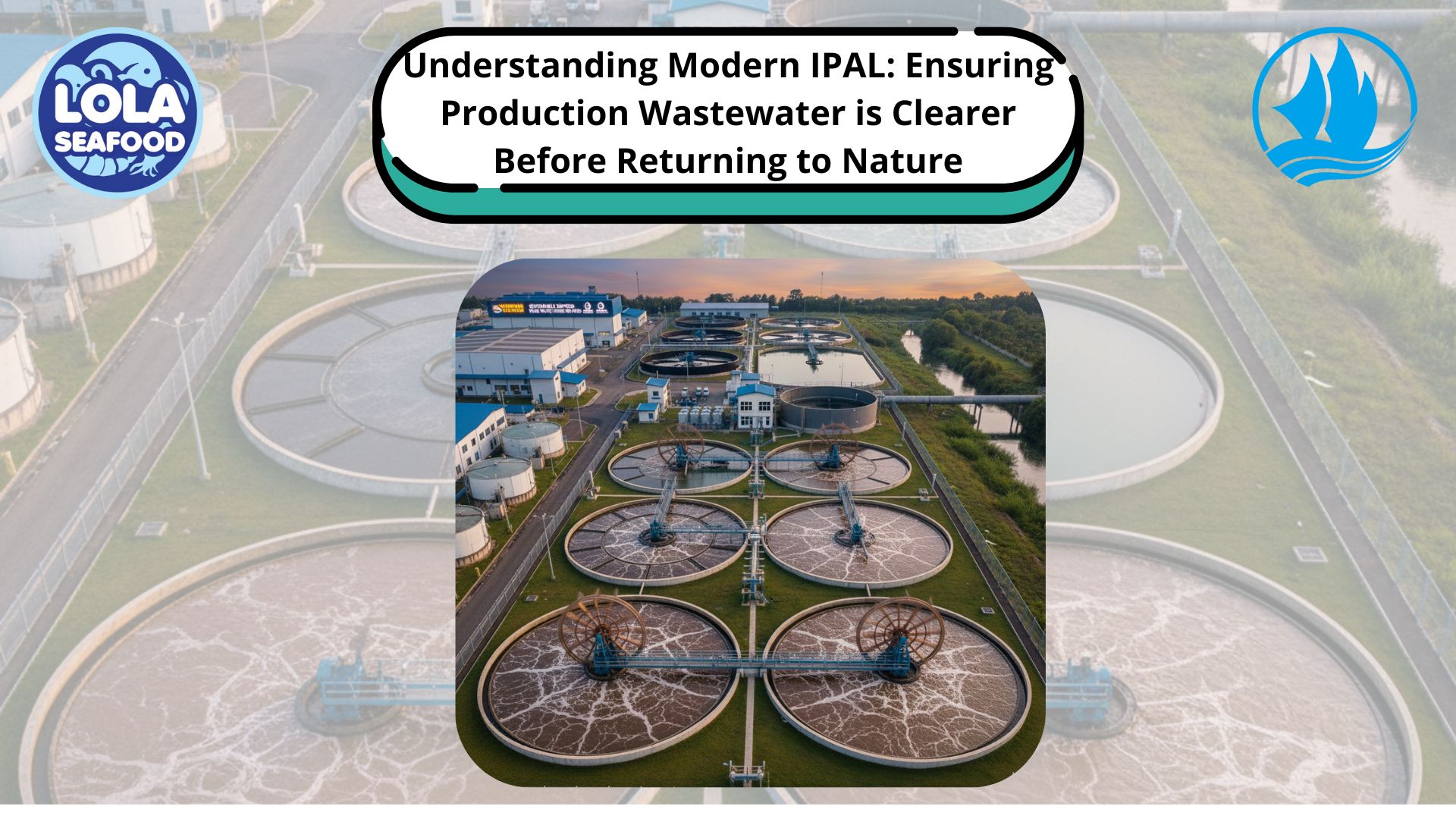Essential Tips for Embarking on a Pescatarian Lifestyle
By. Nevanda - 14 Sep 2023
kelolalaut.com - In a world where dietary choices abound, adopting a pescatarian lifestyle has gained popularity for its health-conscious and environmentally friendly approach to eating. This seafood-centered diet combines the best of both worlds: the nutritious benefits of fish and seafood and the plant-powered goodness of fruits, vegetables, and grains.
If you're considering embarking on this culinary adventure, you're in for a journey filled with diverse flavors and health benefits. In this article, we'll provide you with essential tips to help you smoothly transition into a pescatarian lifestyle.
1. Research and Educate Yourself
Begin by researching the pescatarian diet. Learn about the foods you can eat, the nutrients you need to consider, and the potential benefits and challenges of this lifestyle.
2. Set Clear Goals
Determine why you want to adopt a pescatarian diet. Whether it's for health reasons, environmental concerns, or ethical considerations, having clear goals will help you stay motivated.
3. Gradual Transition
If you currently consume a lot of meat, consider a gradual transition. Start by reducing your meat intake and increasing your consumption of seafood and plant-based foods over time. This gradual approach can make the transition smoother.
4. Plan Your Meals
Plan your meals in advance to ensure that you're getting a balanced diet. Include a variety of fruits, vegetables, whole grains, legumes, and different types of fish and seafood.
5. Explore Seafood Options
Familiarize yourself with various types of fish and seafood. Try different species to discover your preferences. Consider both fatty fish (rich in omega-3s) and lean fish in your diet.
6. Sustainable Seafood
Choose seafood that is sustainably sourced to minimize your environmental impact. Look for certifications like MSC (Marine Stewardship Council) or ASC (Aquaculture Stewardship Council).
7. Omega-3 Fatty Acids
Pay attention to your omega-3 fatty acid intake. Include sources like salmon, mackerel, sardines, and flaxseeds to ensure you get the health benefits associated with these essential fats.
8. Nutrient Balance
Ensure you're meeting your nutritional needs, especially for nutrients like vitamin B12, iron, and zinc, which are typically found in animal products. Consider fortified foods or supplements if necessary.
9. Experiment with Plant-Based Proteins
Incorporate plant-based sources of protein like tofu, tempeh, legumes, and nuts into your meals to diversify your protein intake.
Read also: How Does Smoking Fish Affect the Nutrition of Fish?
10. Read Labels
When buying packaged foods, read labels carefully to identify hidden animal products. Some processed foods may contain meat-based ingredients.
11. Cooking Skills
Improve your cooking skills, particularly in preparing fish and seafood dishes. Experiment with different cooking methods like grilling, baking, poaching, and steaming to keep your meals exciting.
12. Social Support
Share your dietary choice with friends and family to gain their support. If possible, find a community of pescatarians or individuals with similar dietary preferences for advice and motivation.
13. Restaurant Choices
When dining out, research restaurants that offer pescatarian-friendly options. Don't hesitate to ask for modifications to existing dishes to suit your dietary needs.
14. Stay Informed
Stay updated on nutrition research and sustainable seafood practices. Dietary recommendations and environmental considerations may evolve over time.
15. Be Patient with Yourself
Transitioning to a new diet takes time. If you have setbacks or moments of weakness, don't be too hard on yourself. Progress is more important than perfection.
Good Luck!
.jpg)
The Impact of HACCP-Based Integrated Quality Management Programs on the Quality and Competitiveness of Fresh Demersal Fish Products
 and Employee Productivity on the Demersal Fish Processing Floor.jpg)
The Correlation Between Occupational Health and Safety (OHS) and Employee Productivity on the Demersal Fish Processing Floor

Human Resource Management Challenges and Training Needs in Implementing HACCP Quality Standards within the Fish Processing Industry

The Legal Shark Value Chain: Identifying Critical Control Points for Cost Efficiency and Value Enhancement from Catch to Consumer



.jpg)
 in Meeting Global Protein Demand Sustainably.jpg)